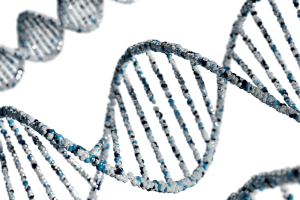Phenomics Australia scientific leader Professor Wolvetang is renowned for his work at the Australian Institute for Bioengineering and Nanotechnology (AIBN) in organoids, tiny, three-dimensional avatars that are grown to resemble real human organs.
The National Health and Medical Research Council (NHMRC) awarded Prof Wolvetang a $1.36 million under its 2022 Ideas Grant scheme over three years to use a special brain organoid to study birth asphyxia, and test treatments that could help affected infants avoid disability later in life.
Birth asphyxia – or hypoxic-ischemic encephalopathy (HIE) – happens when a baby suffers a prolonged lack of oxygen leading up to, or during a birth, occurring at a rate of four in 1000 newborns.
Strikingly, up to 60 per cent of these HIE affected infants die or have severe disabilities by the age of two, and intellectual or developmental disabilities as they age.
“ The current treatment options for HIE remain limited and often don’t prevent long-term impairments, which highlighted to me, the need for improved early HIE diagnostics and better therapeutics” Professor Wolvetang said.

The special organoid developed by Professor Wolvetang and his team mimics a prenatal brain suffering from acute hypoxic stress impacts.
He says studying this organoid and the various stages of HIE will help medical experts tailor treatments for affected children.
“ This is a shift in our current understanding of the acute and long-term impacts of HIE,” Professor Wolvetang said.
“Through this work, we are fostering the development and testing of new individual therapies which when applied at scale, could have a huge global health and economic impacts.”
This story was first published on AIBN’s website.







